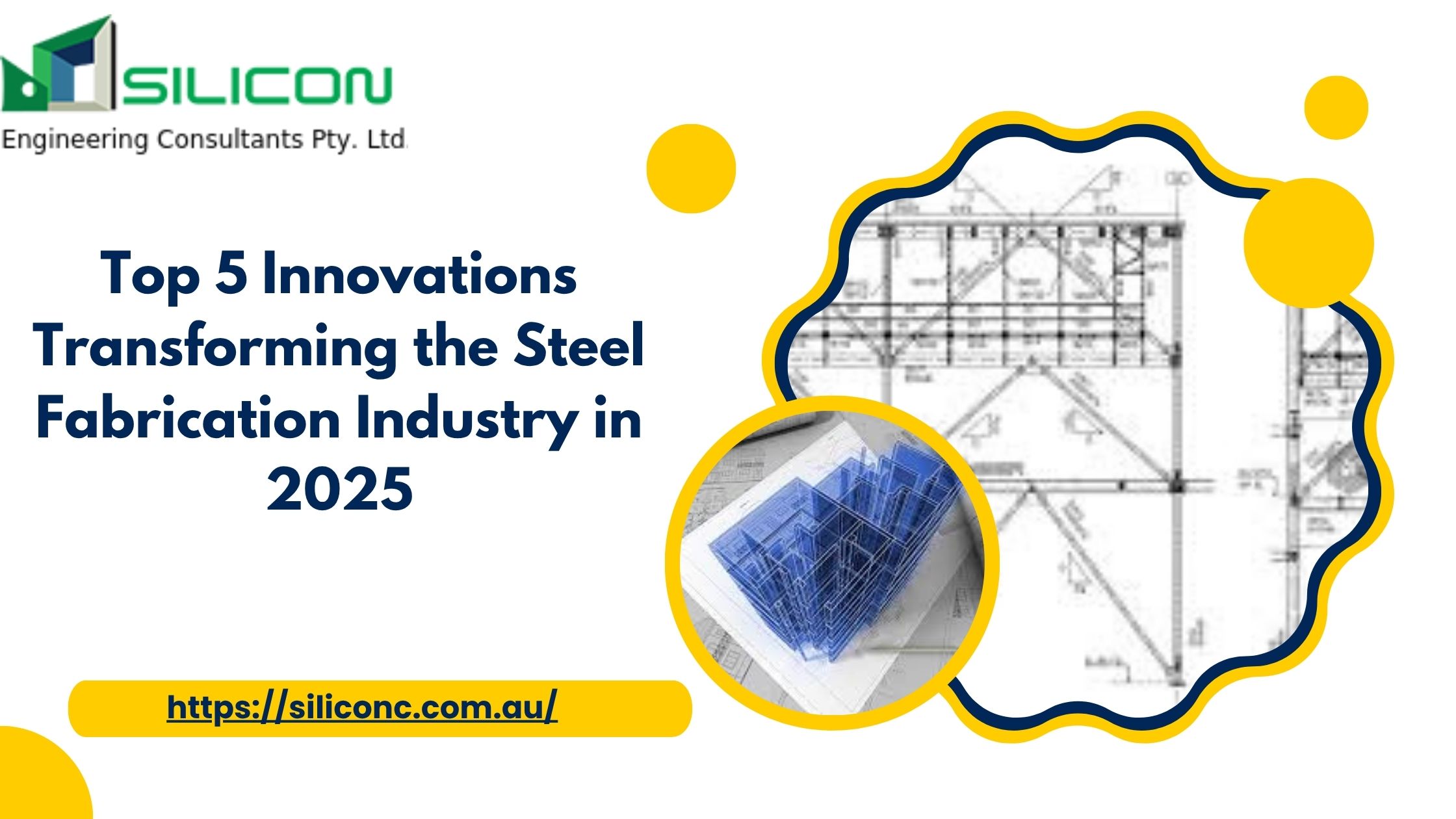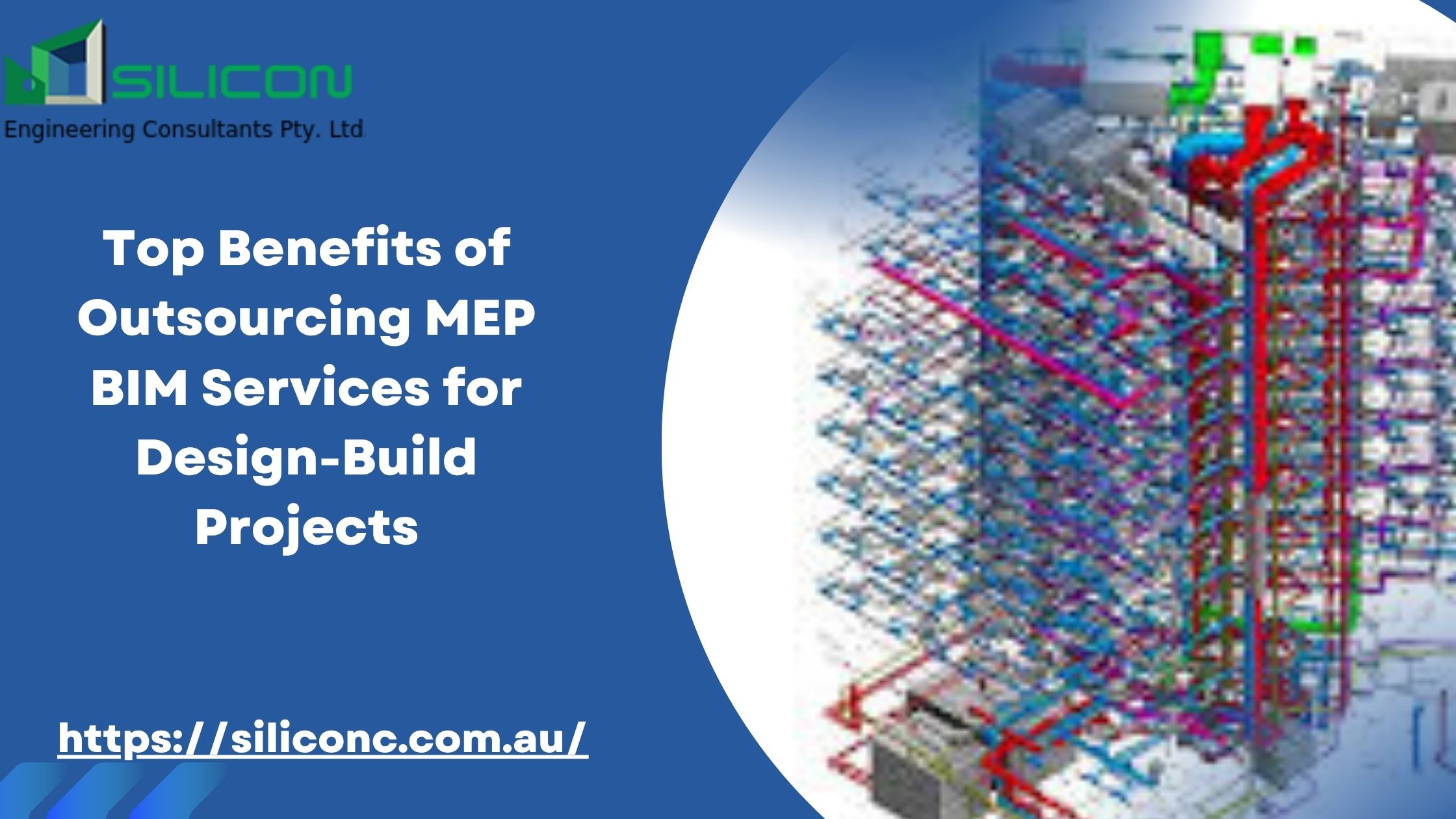Innovations in Structural Engineering: Embracing New Technologies

Strong 8k brings an ultra-HD IPTV experience to your living room and your pocket.
Structural engineering is the foundation of safe, functional, and efficient buildings and infrastructure. It is the branch of civil engineering that ensures structures can stand strong under various conditions, including natural forces like wind, earthquakes, and heavy loads. In recent years, technological innovations have transformed how structural engineers work—making processes faster, more accurate, and more sustainable.
Let’s explore how modern technologies are reshaping the world of structural engineering and the benefits these advancements bring to the construction industry and society as a whole.
1. Building Information Modeling (BIM)
One of the most significant innovations in the construction industry is Building Information Modeling (BIM). BIM is a 3D digital representation of a building that includes not just visual details but also important data such as materials, quantities, timelines, and costs.
Structural engineers use BIM to design and plan every element of a building, from steel frames to concrete slabs. Because all disciplines—architectural, structural, and mechanical—work within the same model, errors are reduced, and collaboration becomes smoother. Any change in one part of the model automatically updates across the entire system.
BIM also helps with clash detection, which means identifying and solving design conflicts before construction begins. This reduces delays, avoids rework, and improves overall efficiency.
2. Advanced Structural Analysis Tools
Structural analysis is at the heart of engineering. Engineers need to calculate how structures will behave under different loads and conditions. In the past, these calculations were done manually or with basic software. Today, powerful tools like STAAD.Pro and many other tools allow engineers to simulate real-world forces such as earthquakes, wind, and snow.
These programs help engineers test multiple design scenarios quickly and make data-driven decisions. Complex buildings such as high-rises, stadiums, and bridges benefit greatly from this level of precision and flexibility.
With advanced software, engineers can:
Optimize structural systems
Test material performance
Ensure compliance with safety codes
Reduce material waste by designing more efficiently
3. Pre-Engineered Buildings (PEBs)
Pre-engineered buildings are structures that are designed and manufactured in a factory and then assembled on-site. This approach offers several advantages, such as reduced construction time, lower costs, and minimal material waste.
PEBs are commonly used in industrial, commercial, and agricultural buildings. The use of software tools in the design stage ensures that every component is precisely engineered and fits perfectly. As a result, construction becomes faster and more predictable.
Innovative design tools also make it possible to customize PEBs for specific requirements while maintaining quality and structural integrity.
4. Drones and Aerial Surveying
Drones are becoming essential tools for structural engineers and construction teams. They are used for:
Site surveys
Progress tracking
Inspections of hard-to-reach areas
Monitoring structural conditions
Instead of relying on manual inspections that may be time-consuming and dangerous, drones can safely collect accurate data in minutes. Aerial footage and 3D mapping allow engineers to make informed decisions and improve safety on construction sites.
Drones are particularly useful for inspecting tall buildings, bridges, and towers, where scaffolding or climbing would be difficult or risky.
5. 3D Printing in Construction
Though still emerging, 3D printing in construction holds the potential to revolutionize how structures are built. Using large-scale printers and specially designed concrete mixes, entire building components can be printed layer by layer.
This technology offers:
Speed in construction
Lower labor costs
Precision in form and design
Reduced material waste
While 3D printing is not yet widely used in structural engineering projects, it is being tested in residential and emergency housing developments. As the technology matures, it could become a standard part of the engineer’s toolkit.
6. Automation in Rebar and Steel Detailing
Accurate detailing of reinforcement bars (rebar) and steel components is critical for structural stability. Modern software tools automate much of the drafting process, ensuring precise placement and reducing human error.
2D and 3D detailing software creates shop drawings and bar bending schedules that fabricators and construction workers use on-site. Automation leads to faster turnaround, improved accuracy, and better coordination among engineering, fabrication, and construction teams.
7. Sustainable Structural Engineering
Sustainability is a growing concern in all areas of construction. Structural engineers are using new technologies and materials to reduce the environmental impact of buildings.
Some sustainable practices include:
Using recycled or low-carbon materials
Designing for energy efficiency
Reducing material use through optimization
Planning for long-term durability and low maintenance
Simulation software also helps predict energy usage, material performance, and lifecycle costs—helping designers make more eco-friendly choices.
8. Artificial Intelligence (AI) and Machine Learning
Artificial Intelligence (AI) and machine learning are starting to impact how engineers design and evaluate structures. These technologies can analyze large sets of data from past projects to suggest more efficient designs or identify potential issues before they arise.
AI can also:
Predict structural failures
Recommend improvements based on real-time performance data
Assist in automating complex design tasks
Although still in early stages for structural use, AI is expected to grow significantly in the coming years.
Conclusion
The world of structural engineering is being reshaped by technological innovations. From digital modeling and automated detailing to drones and AI, these advancements are making construction smarter, safer, faster, and more sustainable.
As the industry continues to evolve, structural engineers who embrace these new tools will be better equipped to solve complex challenges and deliver high-quality solutions for the built environment.
The future of structural engineering is not just about strength and stability—it’s about intelligence, efficiency, and innovation.
Note: IndiBlogHub features both user-submitted and editorial content. We do not verify third-party contributions. Read our Disclaimer and Privacy Policyfor details.




